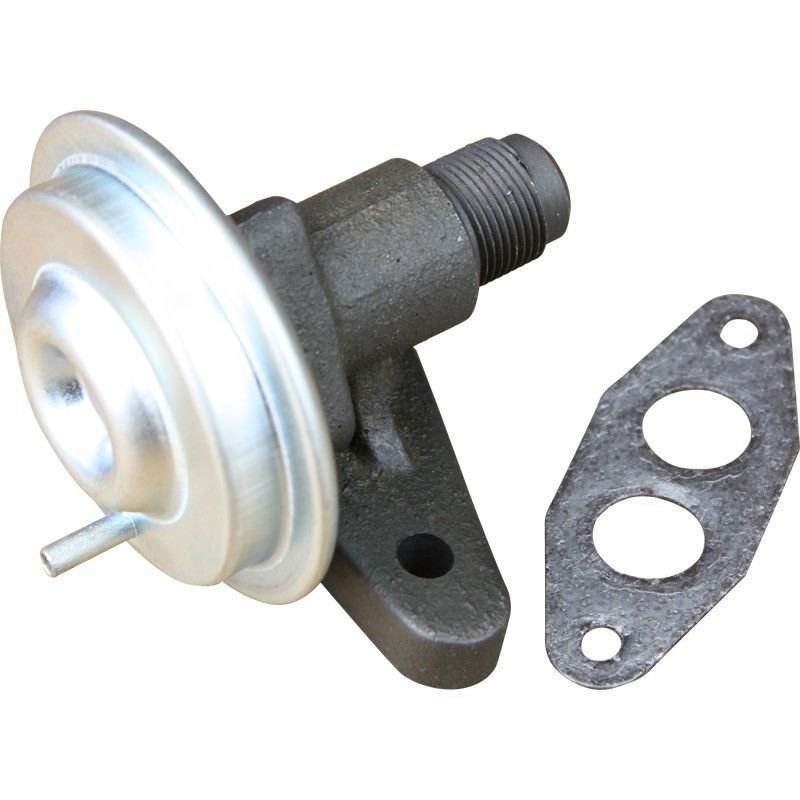Spotlight on EGR Valves: The Unsung Hero of Your Engine

When it comes to the complex mechanics of your car, certain components often take the spotlight while others work diligently behind the scenes. One such unobtrusive but crucial element is the EGR exhaust gas return valve. This vital part plays a significant role in enhancing engine efficiency and reducing harmful emissions, silently contributing to both performance and environmental sustainability.

Understanding the function of the EGR exhaust gas return valve can help car owners appreciate its importance and ensure their vehicles run smoothly. By reintroducing a portion of exhaust gases back into the combustion chamber, the EGR valve lowers nitrogen oxide emissions, which can be detrimental to air quality. This article aims to shine a light on the EGR valve, its operation, and its impact on overall engine performance, making it a true unsung hero of your vehicle's engine system.
How EGR Valves Work
EGR valves are essential components in modern vehicles, helping to regulate the flow of exhaust gases back into the engine's intake system. This process plays a crucial role in reducing nitrogen oxide emissions, which are harmful pollutants that contribute to smog and other environmental issues. By recirculating a controlled amount of exhaust gas, the EGR valve helps lower the combustion temperature, thereby minimizing the formation of these emissions.
When your engine is running, the EGR valve opens and closes at specific intervals based on engine conditions and load. The engine control unit (ECU) monitors parameters such as temperature, pressure, and engine speed to determine the optimal moment for the EGR system to operate. This precise control allows for improved efficiency and power while simultaneously addressing environmental concerns.
The design of the EGR valve can vary, with some vehicles using a vacuum-operated valve while others feature electronic control. Regardless of the mechanism, the primary function remains the same: to enhance combustion efficiency and reduce pollutants. Understanding how the EGR valve operates can help car owners appreciate its importance in maintaining their vehicle's performance and contributing to cleaner air.
Benefits of EGR Valves
EGR valves play a crucial role in reducing harmful emissions in modern vehicles. By recirculating a portion of the exhaust gases back into the intake manifold, they lower the combustion temperature. This process minimizes the production of nitrogen oxides, which are harmful pollutants that contribute to smog and poor air quality. Consequently, vehicles with well-functioning EGR systems can meet stricter emissions standards and contribute to a cleaner environment.
Another significant benefit of EGR valves is their positive impact on fuel efficiency. By reintroducing exhaust gases into the intake, the engine requires less fuel to achieve optimal combustion. This process can lead to improved fuel economy, as the engine operates at more efficient combustion temperatures and reduces the need for additional fuel to maintain performance. Drivers can enjoy lower fuel costs while still adhering to environmental regulations.
Lastly, EGR valves can enhance engine performance. When functioning correctly, they can help stabilize engine operation and reduce the chances of knocking or pinging during combustion. By promoting a more consistent combustion process, EGR valves contribute to smoother acceleration and overall better responsiveness of the vehicle. This balance between efficiency and performance highlights the importance of maintaining the EGR exhaust gas return valve for optimal vehicle operation.
Common Issues and Maintenance Tips
One of the most common issues with the EGR exhaust gas return valve is clogging due to carbon buildup. Over egr exhaust gas return valve , the exhaust gases can deposit soot and other residues within the valve and the connected passages. This can lead to reduced efficiency in the EGR system, causing symptoms like rough idling, decreased fuel efficiency, and increased emissions. Regular inspection and cleaning of the EGR valve can help prevent these issues, ensuring it operates smoothly.
Another potential problem is the valve failing to open or close properly. This can occur due to a malfunctioning electronic or vacuum actuator. When the valve is stuck open, it can cause excessive nitrogen oxide emissions and performance issues. Conversely, if it is stuck closed, it can lead to increased combustion temperatures. To maintain optimal function, it's important to periodically check the actuator and replace the EGR valve if necessary.
Routine maintenance can significantly extend the lifespan of your EGR exhaust gas return valve. Keeping the engine tuned, using high-quality fuel, and changing the oil regularly can reduce deposits in the system. Furthermore, during regular vehicle inspections, a technician can assess the EGR system for any signs of wear or damage. Taking these proactive steps can help you avoid costly repairs and ensure your engine runs efficiently.
